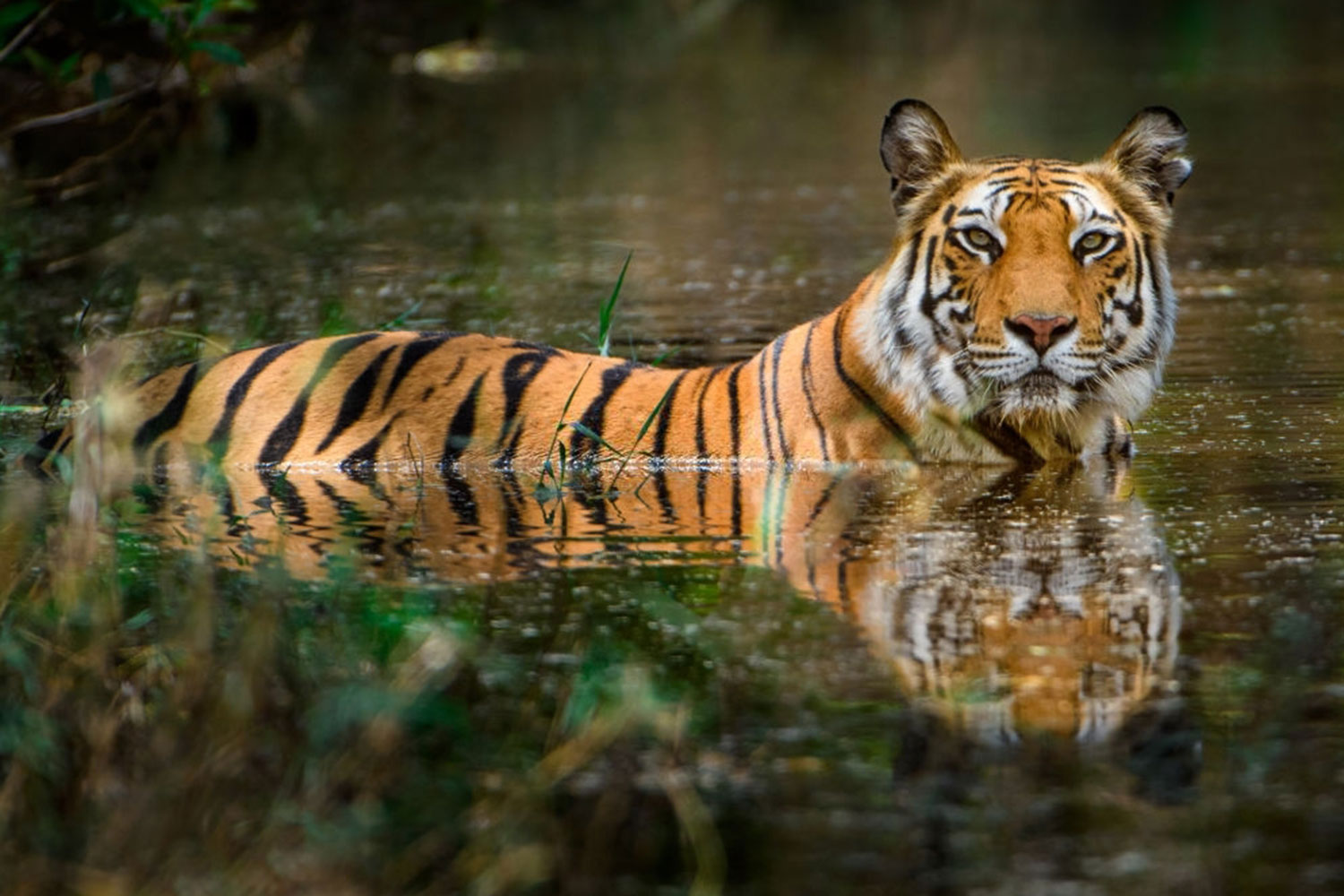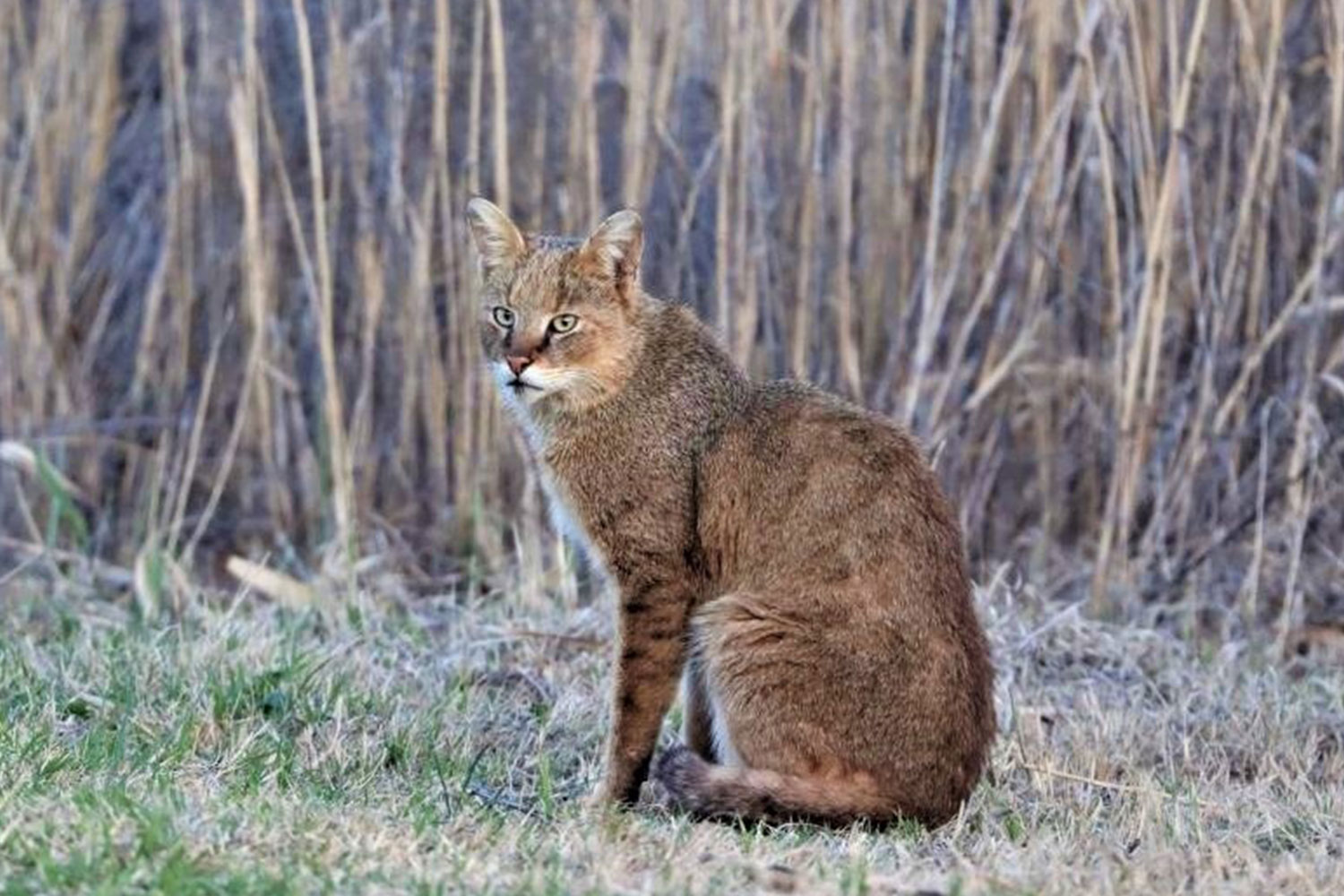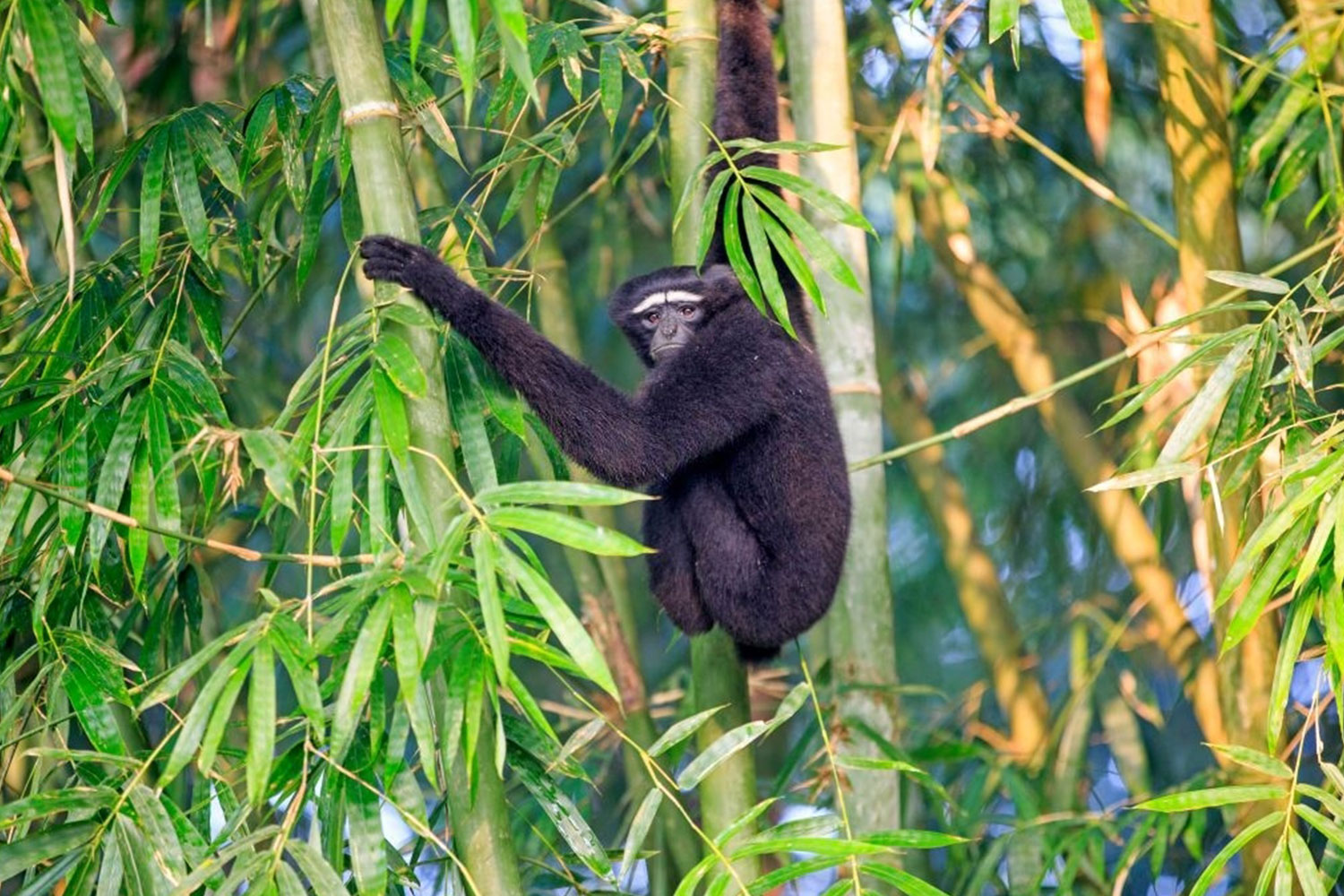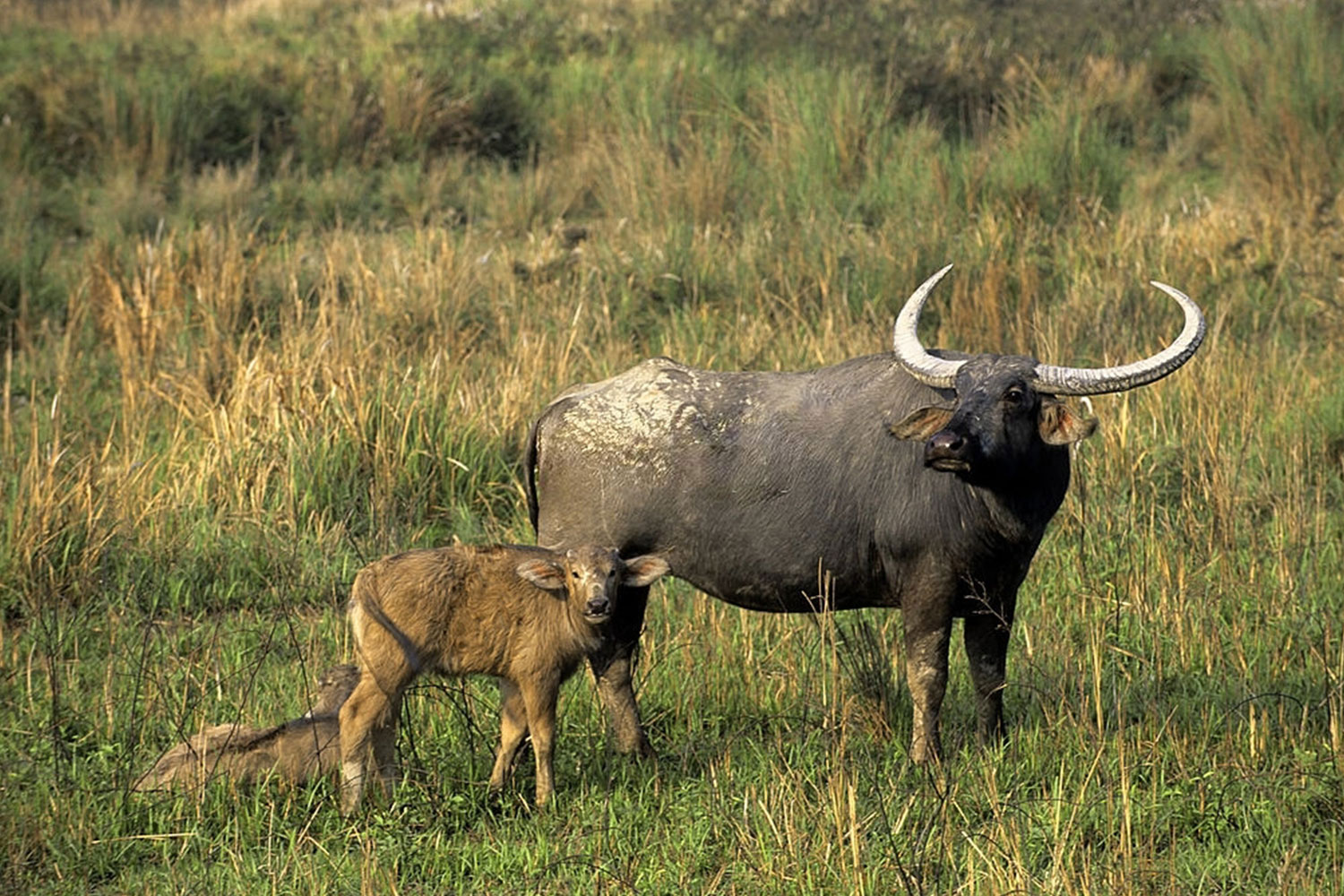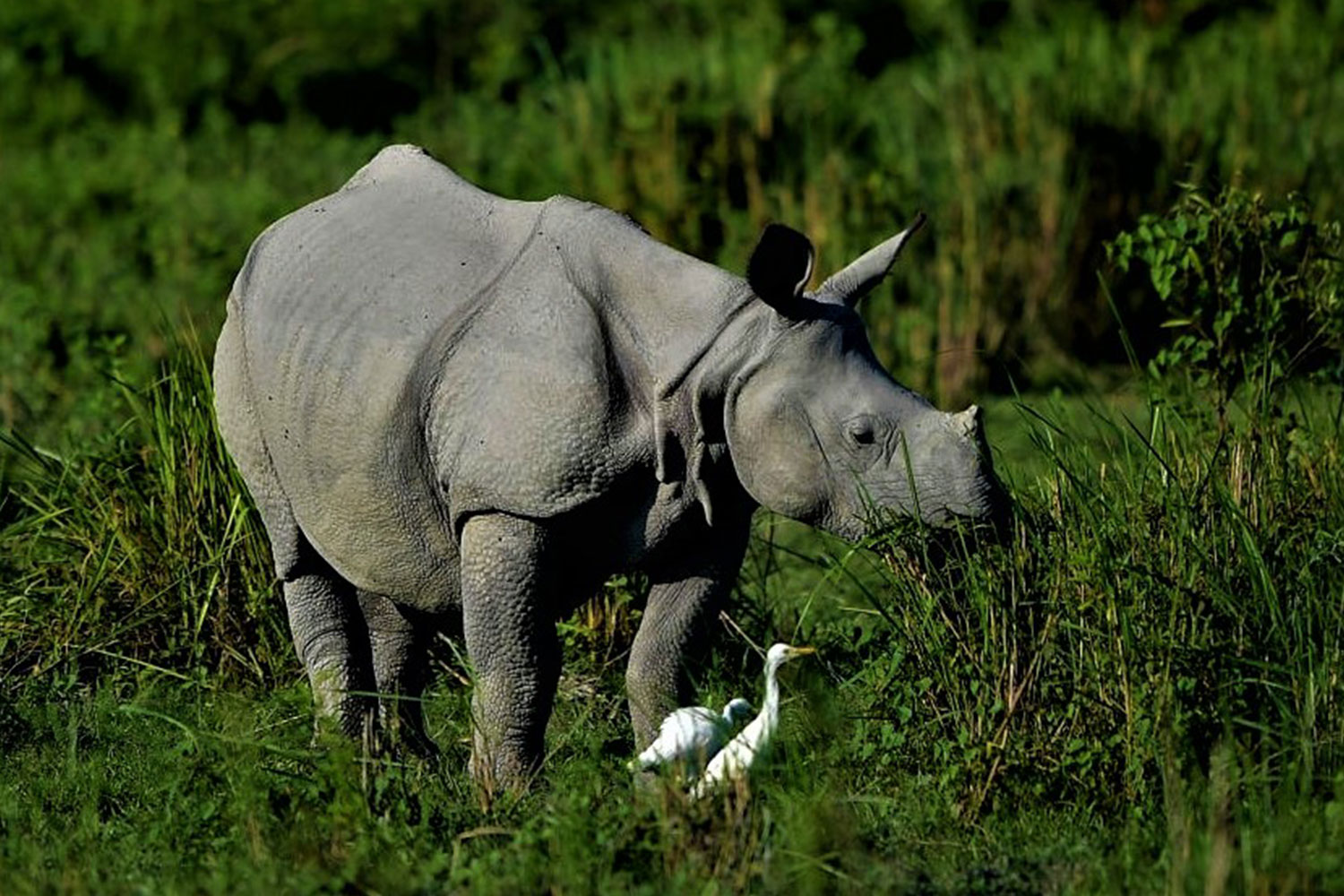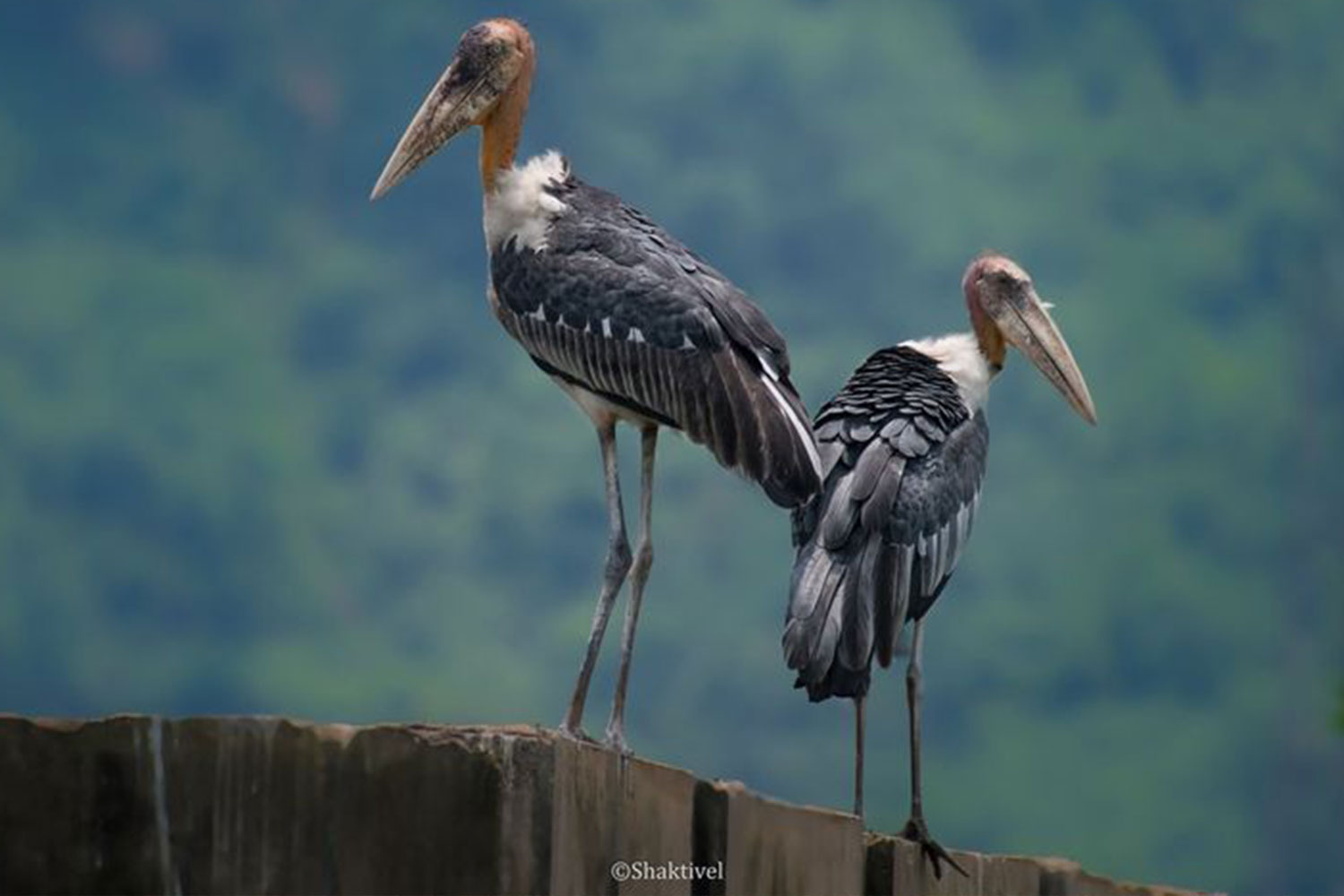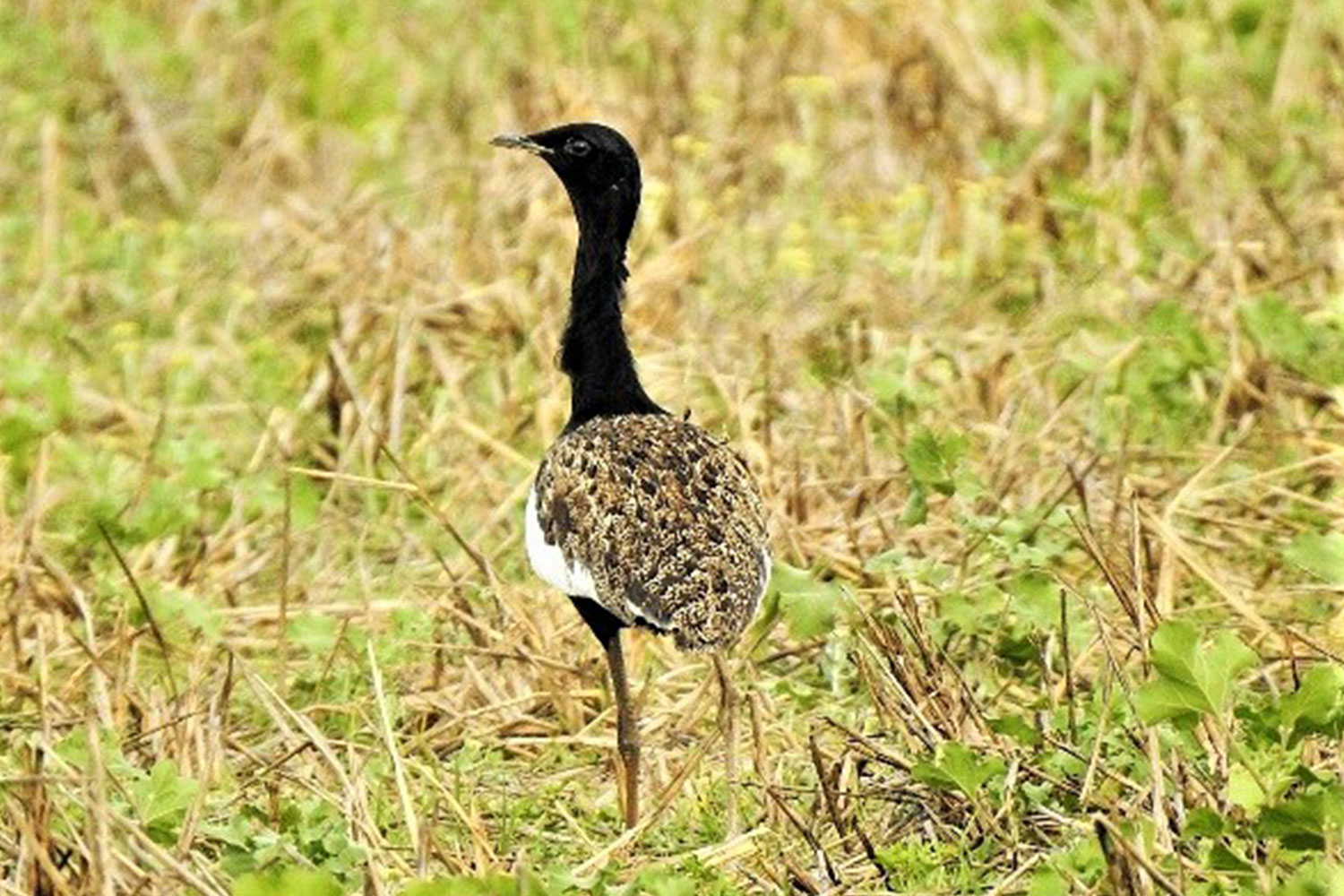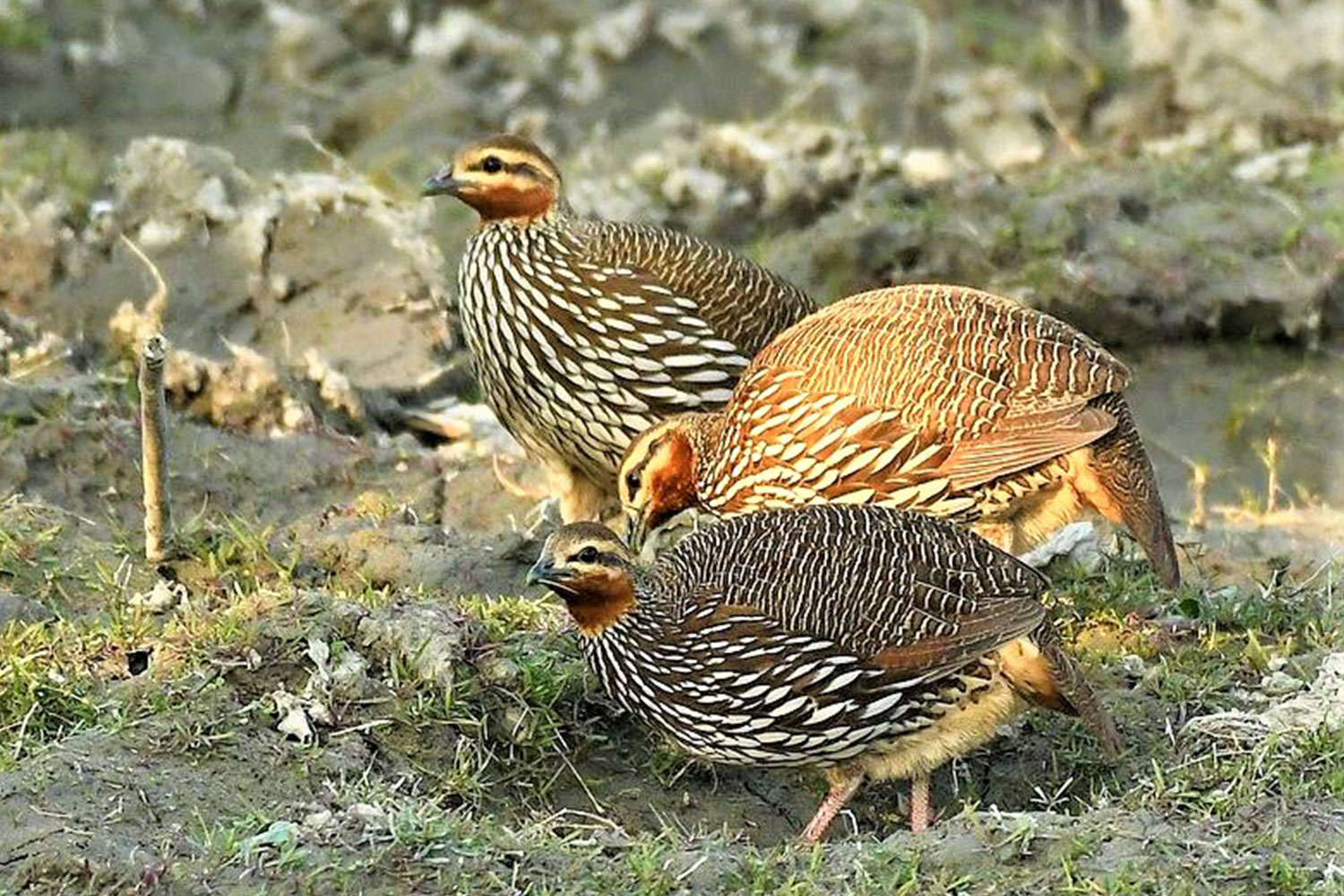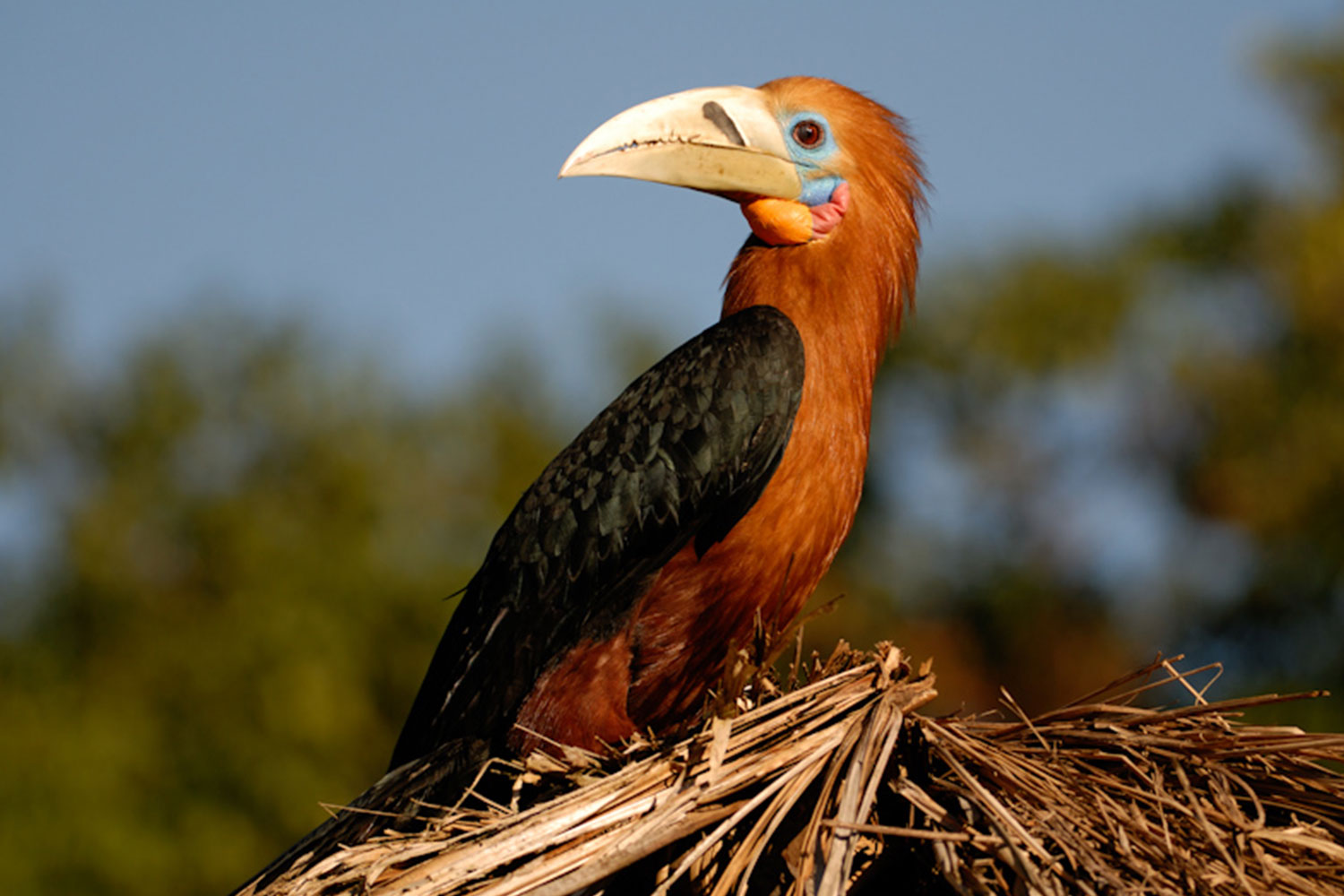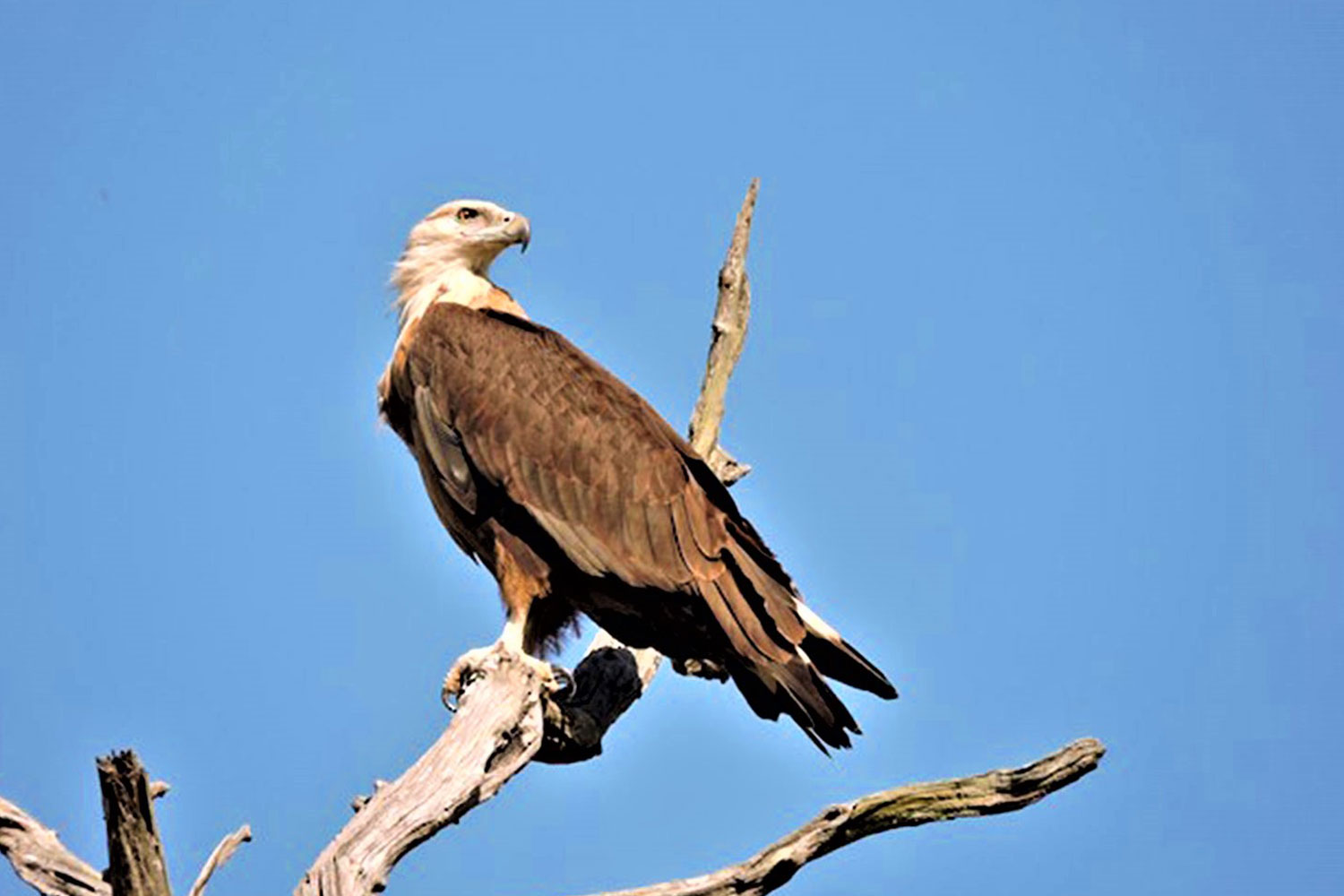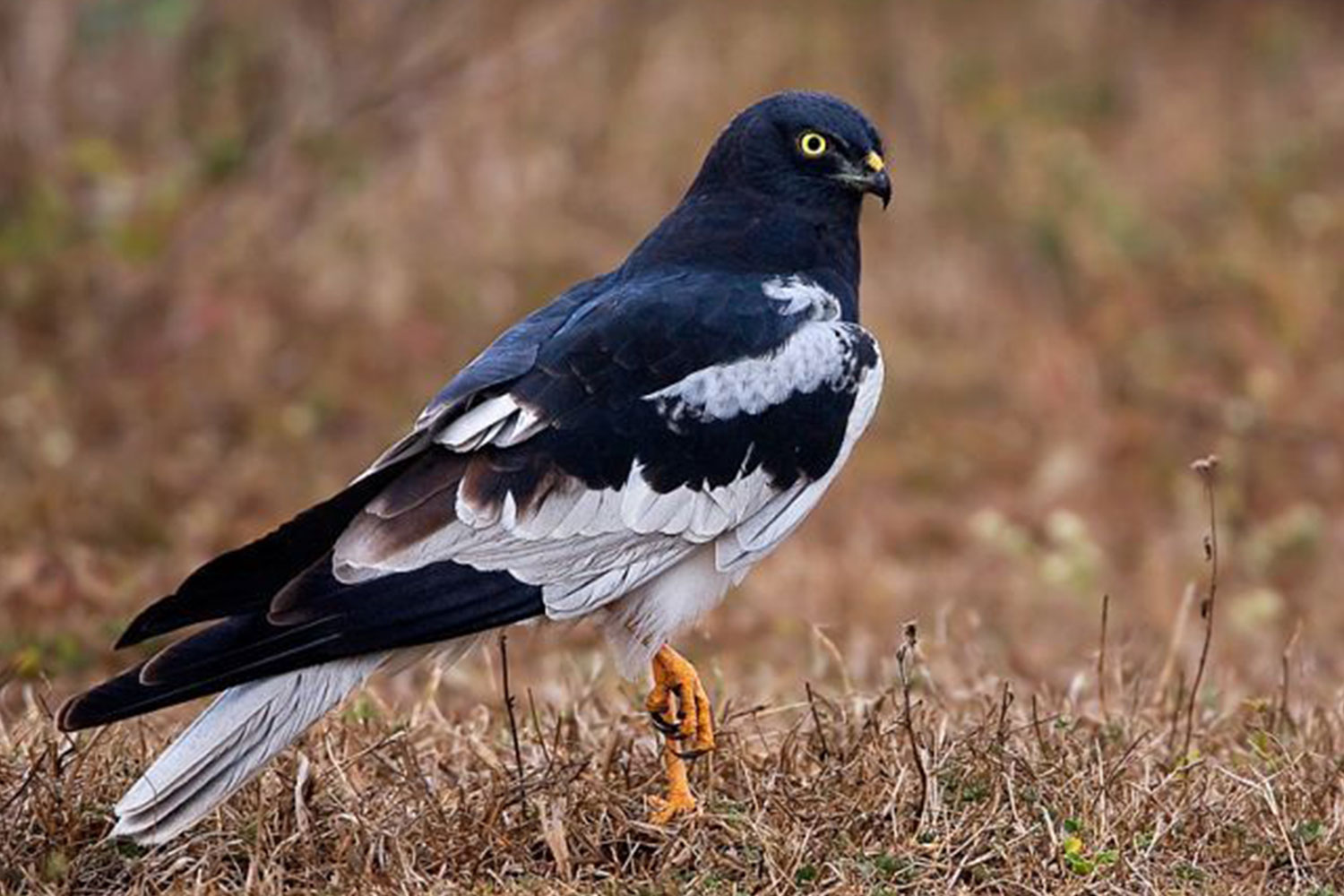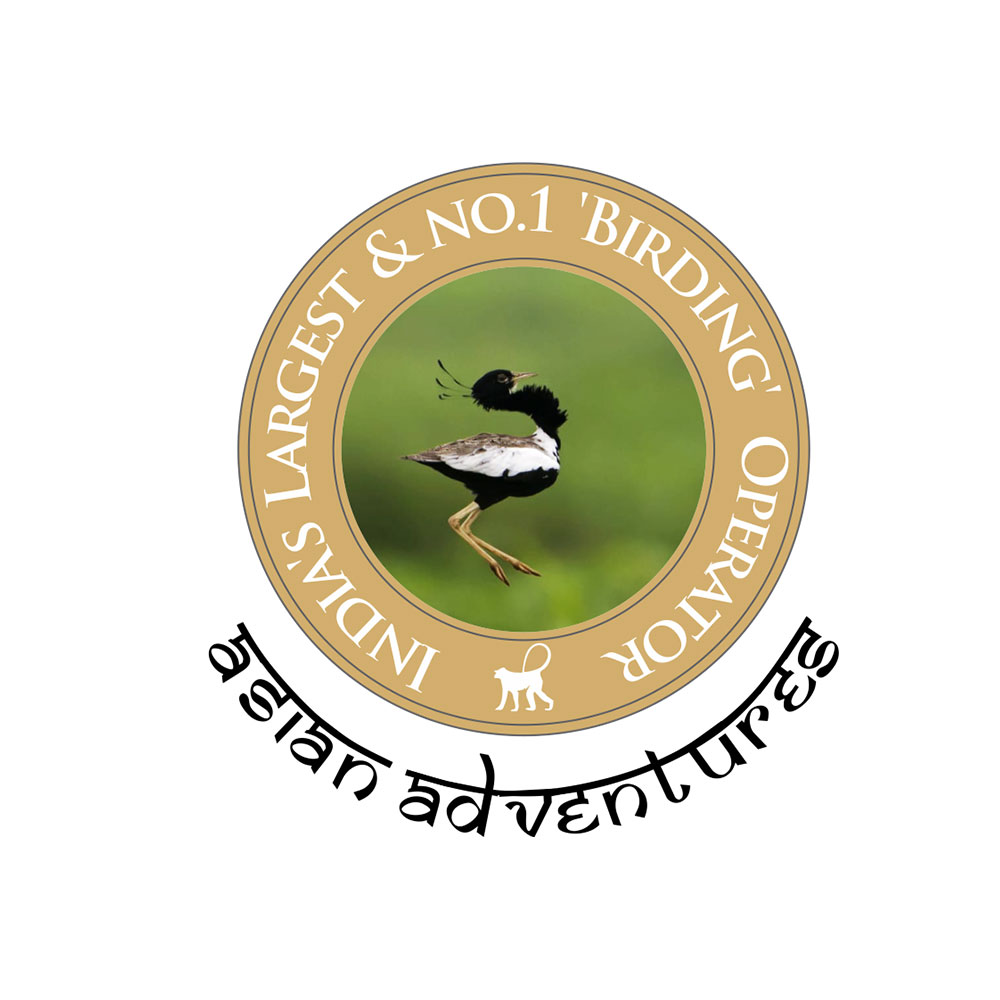Overview
The north-eastern regions of India are not only home to some of the most beautiful forests in the country, but also some to the most spectacular wildlife. From rhinos and elephants to warblers and finches, this region is bursting with wildlife of all shapes and sizes. This tour is perfectly designed to give you a taste of the rich flora and fauna that Northeast India has to offer, visiting some of the most popular wildlife destinations in the state of Assam.
Kaziranga National Park was established in order to protect the population of Indian Rhinoceros. A conservation success story, Kaziranga is now home to the largest population of Indian Rhinoceros, hosting two-thirds of the world’s population of this threatened species. It is also home to a high density of tigers, as well as other mammals such as Asian Elephant, Wild Water Buffalo, Swamp Deer, and many more. Kaziranga is also home to many bird species, including the Swamp Francolin, Pin-striped Tit-Babbler, and many more.
Manas National Park was first established as a wildlife sanctuary in 1928. The National Park consists of two main habitat types: grassland and forest, both of which are home to some rare animals and birds that are best seen here, including the ‘Big Four of Manas’ – the Bengal Florican, the Clouded Leopard, the One-horned Rhinoceros, and the Water Buffalo.
Apart from these four-star species of the park, Manas is also home to many other animals like Tiger, Leopard, Asian Elephant, Capped Langur, Assamese Macaque, Slow Loris, Hoolock Gibbon, and many more.
Manas is also a haven for birdwatchers. The main attraction for birdwatchers is the Bengal Florican, which can be seen in the grassland areas of the park. It is also a great place to see the Great Hornbill. The National Park lists around 380 bird species and the adjoining hilly terrain in Bhutan can easily add a hundred more species to that list. Good birds to look for are Greater Adjutant, Black-tailed Crake, Red-headed Trogon, Swamp Francolin, Wreathed and Rufous-necked Hornbills, Marsh and Jerdon’s Babblers, Pied Harrier, Rufous-rumped and Bristled Grassbirds, Hodgson’s Bush Chat, Rufous-vented Laughingthrush, Finn’s Weaver, Ibisbill, and a variety of other foothill species.

Arrive Delhi airport. You will be met and transferred to the hotel.
Evening free for rest or visit the local market. You may ask us for tours (optional) covering various monument sites, museums, bird watching habitats, tourist market, food joints, theater, performance venue etc.
Overnight stay.

Post breakfast, drive to the airport to connect flight for Guwahati. Arrive at Guwahati airport and drive to Kaziranga National Park. Overnight stay.
Species
Mammals
Indian Rhinoceros, Wild Water Buffalo, Indian Elephant, Royal Bengal Tiger, Indian Boar, Himalayan Mole, Indian Pangolin, Gaur, Barasingha, Sambar Deer, Indian Muntjac, Western Hoolock Gibbon, Indian Hog Deer.
Birds
Geese (Lesser White-fronted Goose), and Ducks (Ferruginous Pochard, Baer's pochard), Kingfishers (Blyth's Kingfisher), Herons (White-bellied Heron), Pelicans (Dalmatian Pelican, Spot-billed Pelican), Shanks (Spotted Greenshank) and Terns (Black-bellied Tern), Lesser Adjutant, Greater Adjutant, Black-necked Stork, Asian Openbill), Astern Imperial Eagle, Greater Spotted Eagle, White-tailed Fishing Eagle, Pallas's Fish Eagle, Grey-headed Fish Eagle and the Lesser Kestrel.

Early morning transfer drive to Central Range for an Elephant Ride. After the ride return back to the lodge, have breakfast drive to the Central Range of the park for a jeep safari. After lunch drive Jeep safari in the Western Range of the park. Overnight at Kaziranga.
Species
Mammals
Capped Langur, Rhesus Macaque, Assam Macaque, Indian Leopard, Sloth Bear, Indian Porcupine, Fishing Cat, Jungle cat, Large Indian Civet, Small Indian civet, Indian Gray Mongoose, Small Indian Mongoose, Bengal Fox, Indian Jackal, Common Otter, Chinese Ferret Badger, Hog Badger, Ganges and Indus river dolphin, Orange-bellied Himalayan Squirrel, Asiatic Black Bear, Bat, etc.
Birds
Rare game birds (which were once hunted) include Partridges (Swamp Francolin), Bustards (Bengal Florican), and Pigeons (Pale-capped Pigeon).
Several other important families of birds inhabit Kaziranga, including rare species of Hornbills (Great Indian Hornbill and the Lesser Risk Wreathed Hornbill), Old World Babblers (Jerdon's Babbler, Marsh Babbler) and Weaver Birds (The Common Baya Weaver and the Threatened Finn's Weaver), Thrushes (Hodgson's Bushchat), Old World Warblers (Bristled Grassbird). Other threatened species include the Black-Breasted Parrotbill and Rufous-vented Prinia.

Morning drive with your pack breakfast drive to the Eastern range of the park. Come out for lunch and drive back to the park. Overnight Lodge.

After the morning birding session, proceed to Manas National Park. Overnight stay
Targets: Great Hornbill, Pheasants, Jungle Fowl, Scarlet Minivet, Partridge, Bengal Florican and variety of water birds. Tiger and Golden Leaf Monkey.

Early morning explore the pristine beauty and wilderness of the jungle on the back of an elephant (for one hour) in the Bansbari range of the park. Afternoon go for a jeep safari in the most beautiful point of Manas National Park - Mathanguri. Overnight Manas.

Drive to Guwahati airport to connect flight back to Delhi in the afternoon. Arrive Delhi in the evening to catch flight back home.
Highlights
- A large variety of endangered mammals, birds, and other wildlife
- Great opportunities for the photographer in you
- Superb birdwatching, guided by expert naturalists
- Stunning landscapes and pristine countryside of Northeast India
- Scenic road journeys
- Delicious food
- Stay in some of the region’s best ecolodges
Included
- Accommodation for 01 night in Delhi Accommodation for 02 Nights in Manas
- Accommodation for 03 Nights in Kaziranga Asian Adventures guide
- 01 Safari at Manas National Park 02 Safaris at Kaziranga National Park
Video
Location
Stories
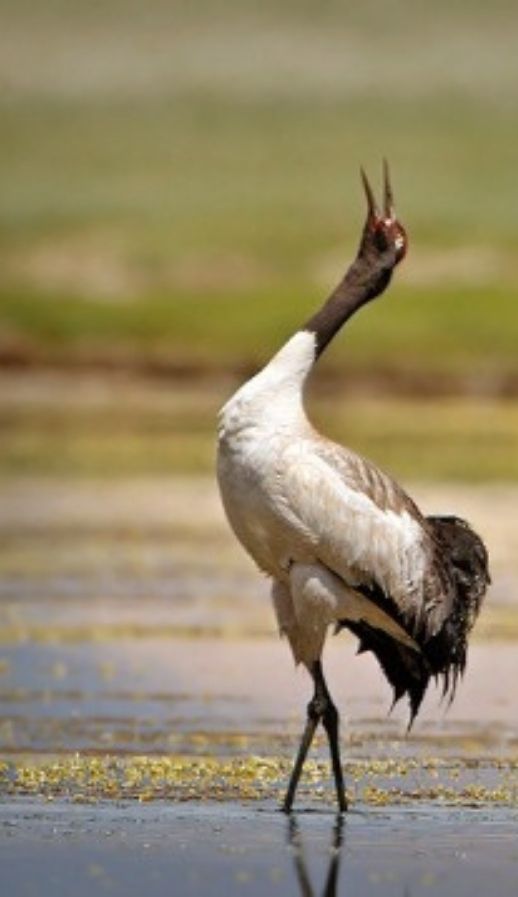
Ladakh
North India, the land of Ladakh, looks as though it was made for birdwatching and photography.

Gir National Park Gujarat
Sometimes it is not just the species spotted but also the amazing moments. Some of our guests had the unique opportunity to witness the mating of Asiatic Lions in the Gir Forest, truly a special moment.

Delhi
Surajpur is an amazing wetland close to the nation’s capital. Apart from being one of the monsoon homes for the Bristled Grassbird, it is also home to another sought-after species: the Bengal Bush Lark.

Rajasthan
One advantage of living near the birding hotspot of Bharatpur is that you can see some amazing birds, like the graceful Sarus Crane, in your backyard during this lockdown


